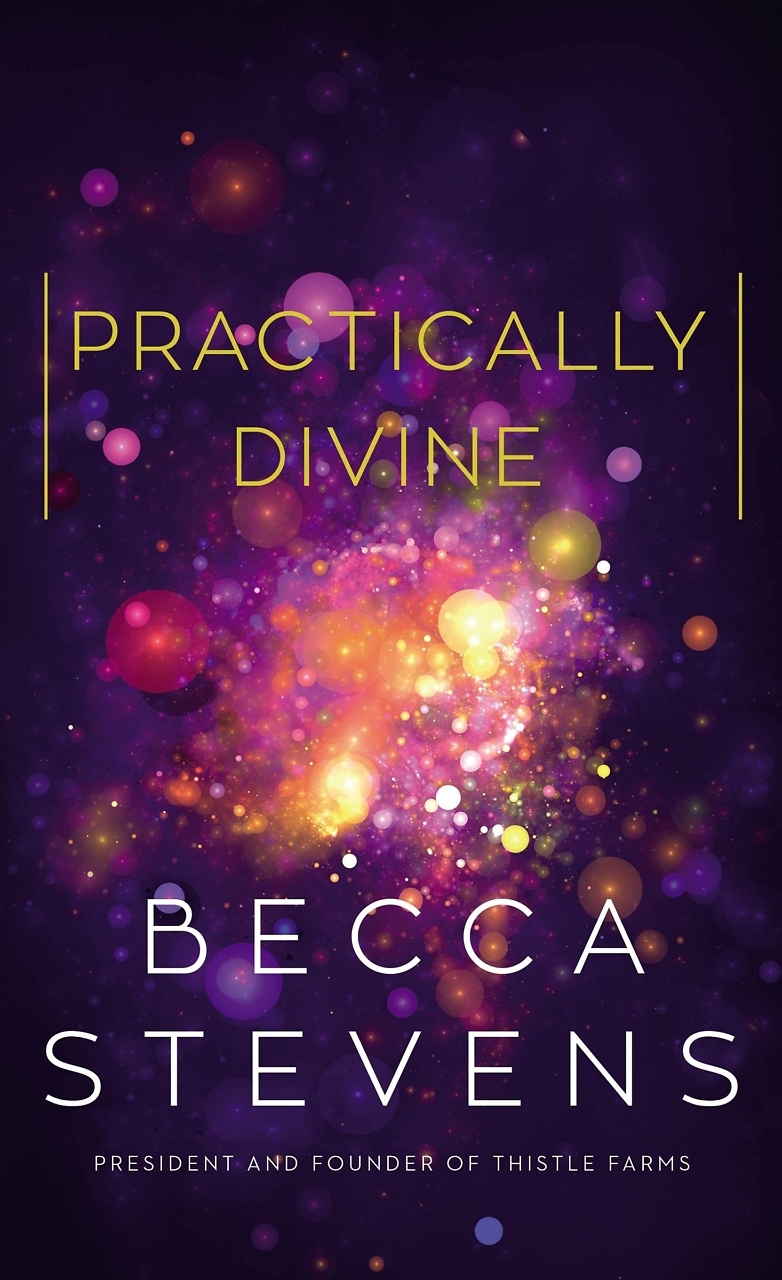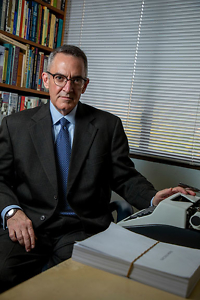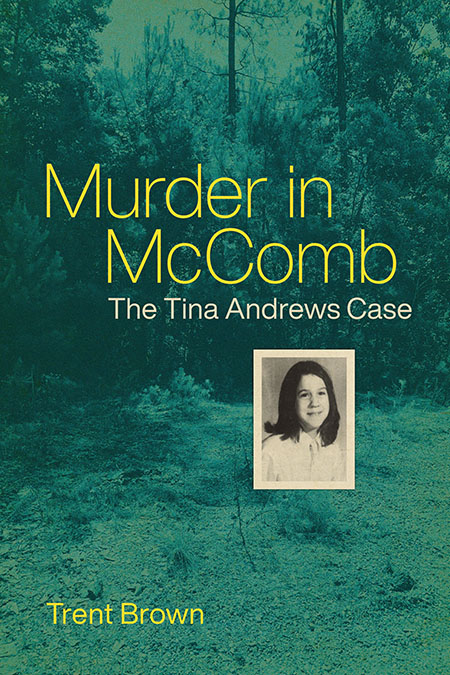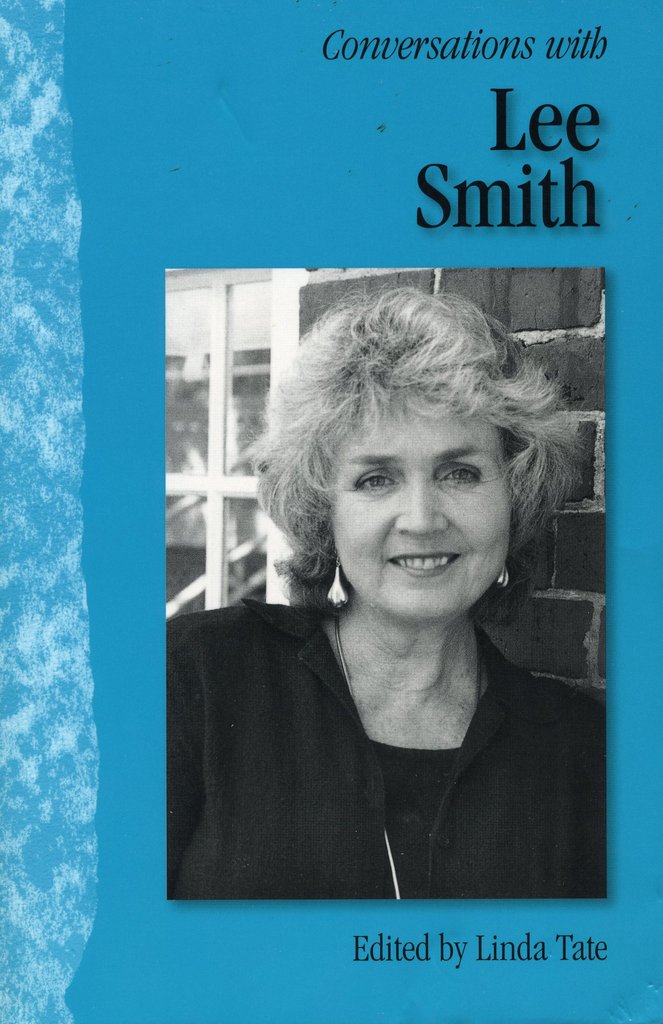Paging the Cake-Mix Doctor
Anne Byrn comes to the rescue with a whole new set of recipes for real life
The notion behind Anne Byrn’s eleven successful books is simple: recipes to ensure home cooks get impressive results with reasonable time and effort. Her Cake Mix Doctor books changed the way American bakers use cake mix, and The Dinner Doctor and What Can I Bring? offered new flavors and simple preparations. Go to a potluck, and it’s a good bet an Anne Byrn recipe is on the menu. Saves the Day serves up another helping of fresh, flavorful, and useful recipes for the host with a generous heart but a short schedule. Byrn recently answered questions from Chapter 16 by email about surviving her own culinary emergencies, the gift she brought Julia Child, and why home-cooking really is better than takeout (and not much harder to pull off).
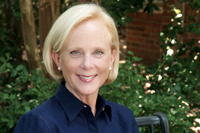 Chapter 16: Saves the Day is a terrific title for the book, since we’ve all experienced that “Oh, gosh, I have to cook something” moment. Can you share some examples of culinary emergencies?
Chapter 16: Saves the Day is a terrific title for the book, since we’ve all experienced that “Oh, gosh, I have to cook something” moment. Can you share some examples of culinary emergencies?
Anne Byrn: It seems like my life has been a series of culinary emergencies. Or maybe that is just what happens when you put yourself out there, learn to cook, offer up food, and nurture a family and group of close friends, and have them over for meals. Invariably, you are not prepared. Or something goes wrong. It might be the recipe, or the weather, or you get sick, or communication breaks down. Things just happen, and the meal doesn’t go as planned. Fortunately I am able to forget things pretty easily and just move on.
But the emergency I recall vividly was the Chattanooga ice storm of about fifteen years ago when there was no electricity to roast the Christmas turkey. Everyone was pretty stressed out. But we did have a pretty fantastic coconut cake I had baked ahead and stashed in the cold garage. Relatives who lived on the other side of the mountain, less affected by the storm, brought us roast pork and vegetables from their warm kitchen for dinner. And we sliced into the moist garage coconut cake for dessert.
Not as dramatic but still on the stressful side was my daughter’s college graduation party that grew from twenty to fifty in an hour. (The beef filets were quickly sliced into smaller servings, rolls were added, and we told the girls to serve themselves first as boys take larger helpings!)
 And then there was the last-minute trip to Cambridge, Massachusetts, to interview Julia Child for her eightieth birthday. What to bring Julia Child? Dashing out the door for the airport, I spotted a large ripe Georgia peach in the fruit bowl. I grabbed it, wrapped it in a kitchen towel and carried it onto the plane and into Julia’s kitchen. She sliced it onto a small white plate, and we shared that peach, and fortunately it was sweet and juicy, the kind of peach you dream about eating.
And then there was the last-minute trip to Cambridge, Massachusetts, to interview Julia Child for her eightieth birthday. What to bring Julia Child? Dashing out the door for the airport, I spotted a large ripe Georgia peach in the fruit bowl. I grabbed it, wrapped it in a kitchen towel and carried it onto the plane and into Julia’s kitchen. She sliced it onto a small white plate, and we shared that peach, and fortunately it was sweet and juicy, the kind of peach you dream about eating.
Chapter 16: Underlying Saves the Day is an assumption that serving a dish or bringing one along to an occasion means cooking it. These days, it’s just as easy to pick up something for potluck. Can you make the case for cooking rather than buying a prepared food item?
Byrn: No doubt about it. You need to cook. I don’t care how busy you are, you still have time to plan ahead. And often those recipes you bring to a potluck can be made ahead. People appreciate the fact that you made the food instead of just picking it up at Costco. Now, I love Costco, but I am bored with the sameness of the prepared food offerings, and for goodness sake, if you buy prepared food from Costco, take it off the plastic and put it onto a nice tray or platter!
Home-cooked food is more interesting, more healthful, more economical, and it creates traditions and a flow of food in your home. Memories are born from tradition, not from Costco.
Chapter 16: If there’s one absolute certainty about an Anne Byrn book, it’s that it will be practical. What does “practical” mean to you as a working cook?
Byrn: Practical means the ingredients are either in my cupboard, from my garden, or at the nearest supermarket. You do not need to run around town to find them. Recipes also work—i.e., they have been tested. And the recipes are worth the effort—they taste good and look interesting! I especially love that great recipe for a side dish, such as the creamed spinach with jalapeno peppers or the Kitchen Sink Tabbouleh Salad, that goes with anything, whether a steak or roasted chicken or grilled fish. And I gravitate towards recipes that are fast and fun. Practical doesn’t have to be boring!
Chapter 16: You’ve seen a few trend cycles in your years as a food editor and cookbook writer, and right now we see chef books, artisan books, and blog-based books as a large part of the market. Your book is quite different, and you’re clearly writing what feels true to you. Can you share a little bit of your vision for what a food book should be?
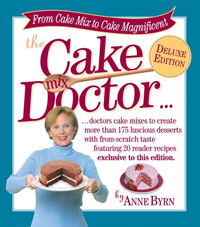 Byrn: Recipes can be downloaded in the blink of an eye. But great cookbooks are collections of terrific recipes, useful info, and a voice that tells you stories. This is where I am in my food career. I have amassed a knowledge of cooking and want to help others so they can understand cooking and baking and really enjoy it. And I will add that my books mirror where I am in my personal life: raising young children (Cake Mix Doctor, Dinner Doctor, Cupcakes from the Cake Mix Doctor), entertaining more as my children grew older (What Can I Bring?), reaching out and trying to help my readers who can no longer tolerate gluten (Unbelievably Gluten-Free). Now that I have just one child in the house, I find myself interested in the big picture and reflecting back on family memories and stories (Anne Byrn Saves the Day).
Byrn: Recipes can be downloaded in the blink of an eye. But great cookbooks are collections of terrific recipes, useful info, and a voice that tells you stories. This is where I am in my food career. I have amassed a knowledge of cooking and want to help others so they can understand cooking and baking and really enjoy it. And I will add that my books mirror where I am in my personal life: raising young children (Cake Mix Doctor, Dinner Doctor, Cupcakes from the Cake Mix Doctor), entertaining more as my children grew older (What Can I Bring?), reaching out and trying to help my readers who can no longer tolerate gluten (Unbelievably Gluten-Free). Now that I have just one child in the house, I find myself interested in the big picture and reflecting back on family memories and stories (Anne Byrn Saves the Day).
Chapter 16: Shared food and social meals are the thread that runs through all your books: the cake books presume celebration or an occasion; What Can I Bring? assumes an invitation to gather for food; and Saves the Day presumes an intention to cook for a group or occasion. Am I right here? Are you a host at heart, writing books advocating hosting—or at least communal eating?
Byrn: I am a host at heart. I never thought about it until now, but I am just like my mom. She encouraged us to cook from an early age, and she opened her home to friends and family over her lifetime. Good food came out of those occasions. I have seen it first hand, and I know that hosting guests and sharing meals with others gives real meaning to life.
Chapter 16: The book has some surprising recipes that made me want to get in the kitchen and try them: fish and potato pie from England, fig pound cake, Turkish green beans with tomatoes and mint. How do you choose recipes to include? How do you decide what to leave out?
Byrn: I look for an eclectic mix of recipes. They need to be recipes that sound good. Make you hungry. Make you stop turning the pages and read through the ingredients and method. I leave out the bland and complicated.
Chapter 16: Is there a favorite recipe that you just couldn’t fit in? What’s the story behind its omission?
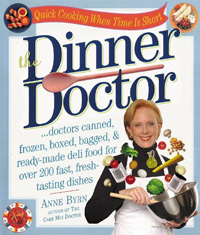 Byrn: There was a fabulous caramel pie recipe that came from a friend of my mother’s. You had to make a caramel syrup first before you add it to the filling. As delicious as that pie was, I knew people wouldn’t go to this trouble. I was pretty sad about leaving out that pie until I went to my friend Beth’s for dinner, and she baked a Kentucky Brown Sugar Pie. It tasted identical to the caramel pie but was made in half the time. Beth’s Kentucky pie made the book.
Byrn: There was a fabulous caramel pie recipe that came from a friend of my mother’s. You had to make a caramel syrup first before you add it to the filling. As delicious as that pie was, I knew people wouldn’t go to this trouble. I was pretty sad about leaving out that pie until I went to my friend Beth’s for dinner, and she baked a Kentucky Brown Sugar Pie. It tasted identical to the caramel pie but was made in half the time. Beth’s Kentucky pie made the book.
Chapter 16: Some well-known cooks are represented here, like Mindy Merrell and Sheri Castle, as well as Nashville hosts like Charlotte Schaffner and Eugenia Moore. And there are plenty of recipes from your fans. Can you comment on your long career of collecting recipes? How do you keep track of it all? Do you have a loose file of recipes on scraps of paper and index cards?
Byrn: I talk food and recipes 24/7. I scribble recipes down on napkins, sticky notes, grocery lists, and type them into my phone to print out later. But the trick is to place them in one folder. I label mine “Recipes to Try.” It’s a fat yellow folder, bulging with great ideas. So when I am bored with my cooking or working on a book project, I open the folder and try out some new recipes.
Thankfully I have also been journaling about food all my life and have a collection of little notebooks I keep in my purse to jot ideas in and to remind myself to follow up with someone about a recipe later once I’m home.
Chapter 16: I think a lot of people have a backlog of saved recipes that they just don’t get around to. Do you have a systematic way to schedule trying them out, and then designate them for saving or discarding?
Byrn: Nothing systematic at all! I just rummage through the folder when I’m hungry for something new. If I make a recipe and it tastes good, then I type it into my computer, and it might have a future, be tested again for inclusion in a book. If I don’t like it, I toss the recipe in the trash. Definitely discard those recipes that don’t make you hungry anymore.
Chapter 16: What was the best part about writing Saves the Day?
Byrn: Absolutely the best part was telling stories and bringing other people and their food into the spotlight.
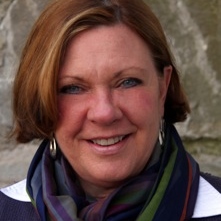
Nicki Pendleton Wood marks her twenty-fifth year of writing food stories, cookbooks, and restaurant reviews with a new cookbook, Southern Cooking for Company, due from HarperCollins/Thomas Nelson in 2015.

